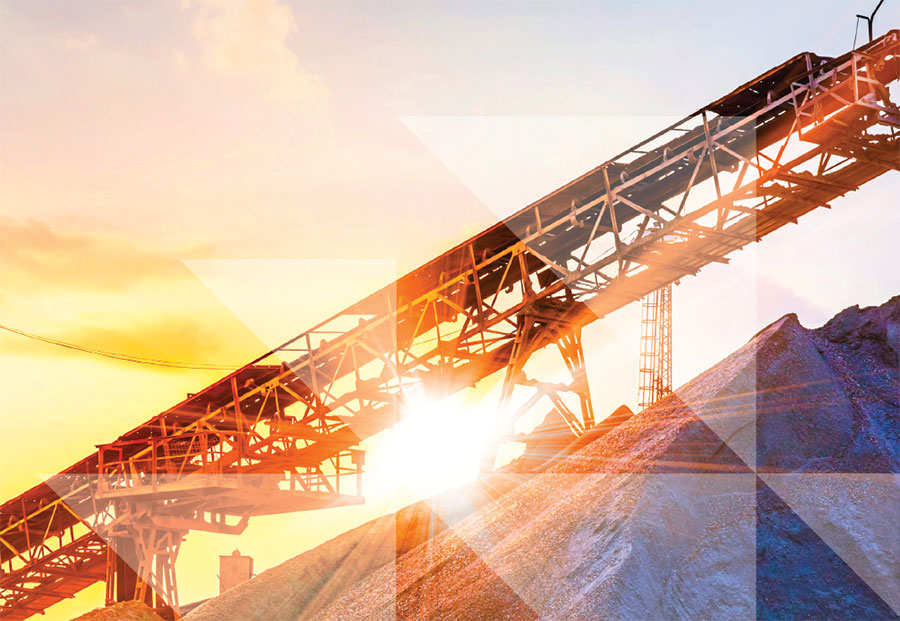Digging Deep – Which miners are facing up to the low-carbon challenge?
CDP
This report updates CDP’s research and League Table for diversified miners, first published in November 2015. It ranks 12 of the largest publicly listed diversified miners(by market capitalization) on business readiness for a low-carbon economy transition. The companies in aggregate represent 66% of the global seaborne market in iron ore, 53% in copper, 42% in metallurgical coal and 28% in thermal coal.
Mining companies represent the start of the value chain for several sectors set to undergo significant change as part of the transition to a low-carbon economy including utilities, industrials and transport. This economy-wide transition represents opportunities through demand created for materials needed to drive carbon abatement; however, it also poses risks associated with shifts away from some incumbent commodity use.
There are four key areas assessed in the League Table, which are aligned with recommendations for company reporting from the G20 Financial Stability Board’s Task Force on Climate-related Financial Disclosures (TCFD): Transition risks: We assess companies’ earnings exposure to various commodities and estimate implied risks from downstream industry carbon regulation and changing demand patterns. We also rank companies on cost efficiency metrics such as energy and emissions intensity.
Physical risks: We map company asset level current and projected future (2030) indicators of water stress risk using WRI’s Aqueduct Water Risk Atlas. We compare this water stress exposure with companies’ water withdrawal intensity, use of water recycling, and water governance frameworks as a proxy for potential revenue disruption.
Transition opportunities: We assess companies’ progress and strategy in shifting towards a low-carbon economy by looking at CAPEX allocation across commodities, capital flexibility and innovative solutions such as smart and renewable energy infrastructure.
Climate governance and strategy: We analyze companies’ governance frameworks including emissions reduction targets, alignment of governance and remuneration structures with low-carbon objectives, and actions taken in supporting or opposing policies to achieve a low-carbon transition.
Key findings
- The mining sector shows signs of progress in its operational emissions management, reduced exposure to thermal coal and capital allocation in the context of a low-carbon transition.
- However, significant risks remain for the sector, as a supplier to emissions-intensive industries, from downstream regulation and changing consumption patterns.
- Operational emissions are on an improving trend as the miners come through their recent cost cutting exercise – 9 of 12 companies have taken steps to reduce the emissions intensity of operations.
- Around 45% of company capital expenditure is being spent on commodities which will benefit from low-carbon technologies such as copper and nickel; however, this is partially offset by 25% of CAPEX going on fossil fuels particularly oil & gas.
- The mining industry has significant potential exposure to carbon emissions regulation in its value chain where Scope 3 emissions from downstream customers is estimated at an average of 10x and up to 30x higher than operational emissions.
- Carbon pricing regulation is on the rise with China’s emissions trading scheme (ETS) likely is to be most disruptive to demand patterns of commodities – Chile introduced carbon pricing this year with Canada and South Africa coming on stream in 2018.
- China could play a pivotal role in the demand for “low-carbon” commodities and disrupt demand in the seaborne bulks as it adopts a leadership role in climate change regulation.
- Investor demands for greater transparency on climate risks will continue to test the sector where scenario planning is in its infancy and requires more standardized reporting against climate constrained pathways.
- By 2030, 27% of production and up to US$50bn of revenues is likely to be exposed to high levels of water stress risk. Miners are resorting to using greater amounts of seawater, desalination technology and water recycling to hedge against disruption to operations.
- Highest ranked companies are Vale, Boliden and BHP. Lowest ranked companies are Freeport-McMoRan, First Quantum Minerals and Vedanta Resources.
- Glencore was the largest gainer, Teck and Vedanta Resources had the largest falls in league table rankings relative to 2015.

